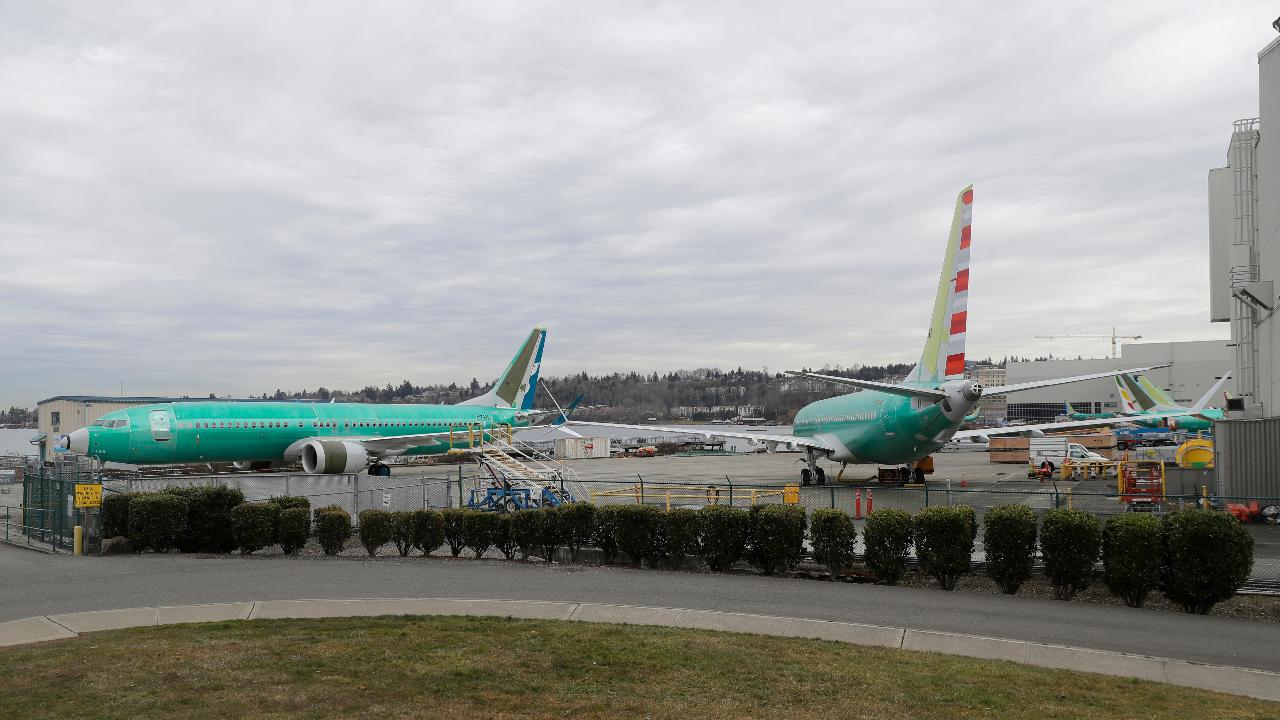S&P, Nasdaq soar to record highs, unfazed by Mueller testimony
Wall Street investors were unfazed by former special counsel Robert Mueller’s congressional testimony Wednesday about his Russia investigation, as two of the three major U.S. stock indexes closed at record highs.
The blue-chip Dow Jones Industrial Average fell, dragged down by weak Caterpillar and Boeing earnings, but the S&P 500 notched its 12th record close this year and the 101st record close since Election Day.
The tech-heavy Nasdaq Composite also closed at a record high, its 9th such achievement this year and its 104th record close under President Trump. Both the S&P and the Nasdaq also hit record intra-day highs.
| Ticker | Security | Last | Change | Change % |
|---|---|---|---|---|
| I:DJI | DOW JONES AVERAGES | 48258.48 | +144.22 | +0.30% |
| SP500 | S&P 500 | 6791.87 | -8.39 | -0.12% |
| I:COMP | NASDAQ COMPOSITE INDEX | 23040.654824 | -70.81 | -0.31% |
Meanwhile, after the closing bell, Facebook stock jumped as the social media giant reported strong second-quarter results. Monthly active users jumped 8 percent in the second quarter. The shares rose despite the fact that two federal agencies, the Federal Trade Commission and the Justice Department, have opened antitrust investigations into its business.
U.S. aerospace and defense giant Boeing fell after reporting its largest quarterly loss ever over ongoing issues related to its top-selling 737 Max jet. The company also warned that costs could continue to mount as its aircraft remain grounded.
Caterpillar was another big loser on the Dow, after reporting that it is facing higher tariff-related costs and softening demand from China.
Mueller was subject to a full day of testimony on Capitol Hill on Wednesday, where he was battered with questions from lawmakers across both sides of the aisle on his investigation into interference in the 2016 election. Democrats were hoping to prove there was collusion between the Trump campaign and Russia.
Optimism about a possible resolution of the U.S.-China trade conflict lifted investor sentiment. U.S. Trade Representative Robert Lighthizer and Treasury Secretary Steven Mnuchin are heading to Shanghai next week to meet with their Chinese counterparts – Vice Premier Liu He and Commerce Minister Zhong Shan.
The talks are aimed at restarting negotiations after Trump and Chinese President Xi Jinping reached a deal in June to withhold the imposition of new tariffs as the two nations seek to craft a trade deal.
| Ticker | Security | Last | Change | Change % |
|---|---|---|---|---|
| BA | THE BOEING CO. | 208.64 | +1.90 | +0.92% |
| CAT | CATERPILLAR INC. | 586.36 | -2.53 | -0.43% |
| FB | PROSHARES TRUST S&P 500 DYNAMIC BUFFER ETF | 42.07 | -0.02 | -0.05% |
| AMZN | AMAZON.COM INC. | 223.18 | +0.62 | +0.28% |
| GOOGL | ALPHABET INC. | 299.19 | -7.38 | -2.41% |
| TXN | TEXAS INSTRUMENTS INCORPORATED | 178.88 | +1.32 | +0.75% |
Meanwhile, shares for Amazon, Facebook and Google all fell after the Department of Justice announced it would investigate technology firms for possible anticompetitive behavior.
The agency vowed to seek redress if any violations of wrongdoing were uncovered in the probe.
Shares of Texas Instruments jumped after the company said a global slowdown in microchip demand would not be as long as feared as it posted quarterly profit and revenue that beat estimates.
Wall Street investment strategists remained cautious despite the two indexes setting record highs.
"We think the chances are good that stocks will end the year above current levels," John Lynch, chief investment strategist for LPL Financial, said in a statement to FOX Business. "But the second half of the year could be a bit bumpy given risks around trade, geopolitics, and central bank policy. The average maximum peak-to-trough correction in the second half of a year since 1950 has been 10 percent. When the S&P 500 was up 15 percent or more in the first half of a year, as it was this year, the average second-half correction has been 12 percent."
CLICK HERE TO GET THE FOX BUSINESS APP
Oil prices steadied on Wednesday, failing to draw much support from a large decrease in U.S. crude supplies. Crude inventories fell by 10.8 million barrels, much more than the decrease of 4 million barrels analysts had expected.




















